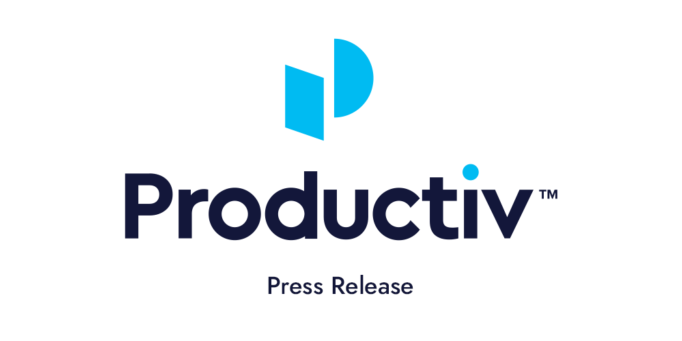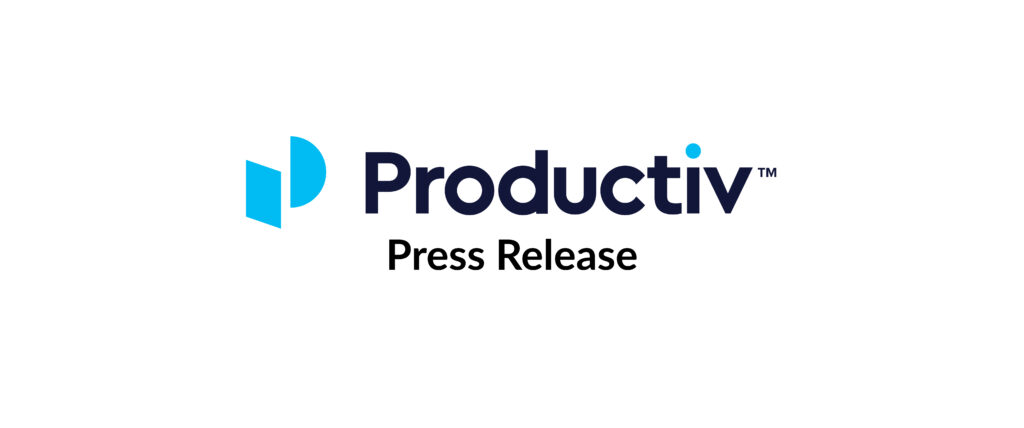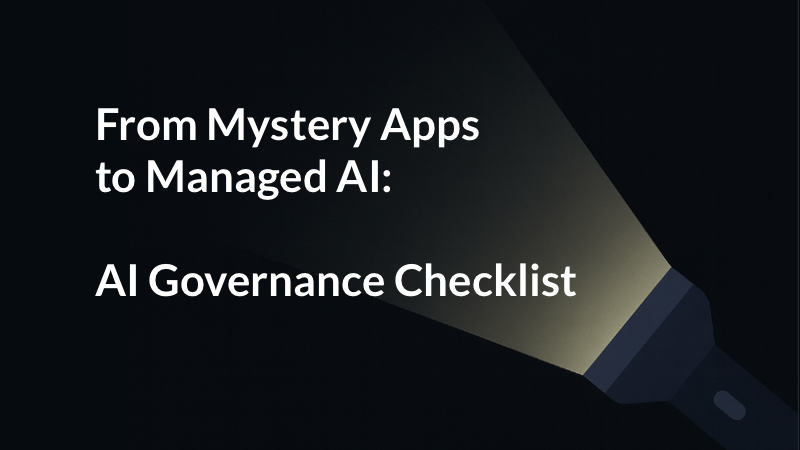
Productiv launches Elastic License Management (ELM) to help companies boost governance
Databricks’ IT staff saved up to 4,600 hours and increased productivity by using ELM add-on for Productiv’s SaaS Intelligence™platform
April 12, 2022 (PALO ALTO, Calif.) – Today Productiv announced its SaaS Intelligence platform now helps companies automate manual processes for license deprovisioning and license tier downgrades. The new Productiv add-on, Elastic License Management (ELM), helps companies like Databricks reduce IT overhead and better manage app spend by simplifying license management. Databricks’ IT staff saved thousands of hours formerly spent on inefficient manual and scripted processes by utilizing Productiv’s solution to track real-time app and feature usage and to schedule automated provisioning processes using this data. Databricks grew from 600 to 3,000 employees in a few years, yet the company successfully optimized spend on its collaboration and video conference platform by moving employees not using advanced features from the paid version to the free version, reclaiming 35% of the higher tier licenses for assignment to new employees.
Most companies have over 250 SaaS applications, with large enterprises averaging more than 350 apps. License management for these large portfolios places a heavy demand on IT and its operations. Companies can spend 2,000-4,000 hours annually — or more — manually collecting data from each app and then removing or changing licenses assigned to employees. The number of license events can reach into the millions.
Databricks Uses Productiv to Optimize SaaS App Portfolio
Before the Covid pandemic, Databricks managed their portfolio of more than 300 SaaS apps in a spreadsheet. “It was straight spreadsheets and exporting logs from, for instance, Office 365 and Okta. It was very cumbersome and time consuming,” said Ian Kennedy, Director Corporate Engineering Helpdesk at Databricks. “We would find that we were still being charged for people who hadn’t been here for a while.”
Today, Databricks uses Productiv’s SaaS Intelligence platform and ELM capability to drive IT operations and optimize application spend. Recently the company used data-driven insights from Productiv to determine which employees were not using paid features for a video conferencing service, and moved those employees to the free version. Formerly at Databricks, deprovisioning was done as time permitted, in batches by app through manual license reclamation and custom coding. But using Productiv, deprovisioning of all apps now automatically occurs on an employee’s departure day, reducing compliance risks.
About Elastic License Management (ELM)
Productiv’s SaaS Intelligence platform powers ELM workflows with granular, up-to-date application usage data, enabling companies to simplify and automate license management. In an industry first, Productiv’s ELM add-on enables companies to create automated workflows for many apps driven by feature-level usage, to determine if an employee’s license should be deprovisioned or downgraded to a lower license tier. ELM allows companies to:
- Create no-code workflows: Using the no-code automation builder, companies can set up automated workflows in minutes to help manage licenses for an app. Workflows identify employees based on license tier, activity history (login activity or feature usage) and the selected organizational structure or custom user segment.
- Automate deprovisioning and downgrading: ELM allows businesses to remove licenses assigned to employees or move employees to lower license tiers. Workflows driven by feature-level usage data take automated action directly in an application or via a best-in-class integration with Okta.
- Establish an automation schedule: Companies can schedule workflows to run on a recurring basis to rightsize licenses across their app portfolio for proactive and continuous optimization.
- Better engagements with SaaS vendors: With scheduled workflows automating provisioning, companies can maintain an optimal app license footprint. Productiv provides insights into how many employees are using an application — and what features are being used — so companies are better prepared for renewal discussions.
“Overprovisioning, cost savings and time savings are major issues for us and Productiv gives us a better position for bargaining with a SaaS provider,” said Ian Kennedy at Databricks. “It’s invaluable to have the additional data Productiv provides because without that, a company would be blind coming into a negotiation.”
“Productiv’s SaaS Intelligence is a unique data-driven approach to SaaS Management because it deeply understands a company’s app portfolio usage down to the feature level,” said Jody Shapiro, CEO and co-founder of Productiv. “The specific insights our SaaS Intelligence platform provides helps companies to proactively govern their SaaS portfolio to deliver superior business outcomes.”
About Productiv:
Productiv is the IT operating system to manage your entire SaaS and AI ecosystem. It centralizes visibility into your tech stack, so CIOs and IT leaders can confidently set strategy, optimize renewals, and empower employees.




